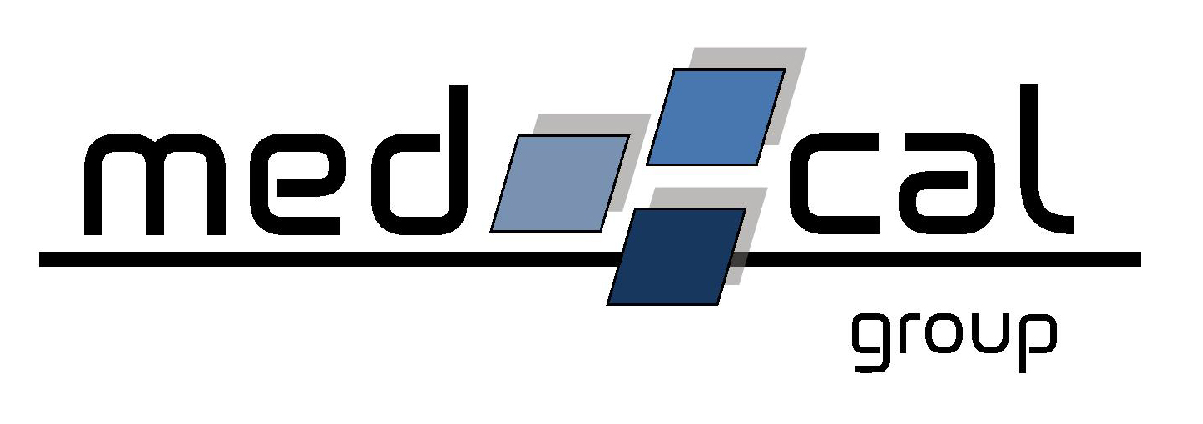
1. Failure to Verify Insurance
Insurance issues are the top reason for most claim denials. Typically, failure to verify stems from an overreliance on routine. If a patient enters the office frequently, the staff may assume their insurance provider or coverage plan hasn’t changed and doesn’t check eligibility.
But since insurance information can change at any time, you must implement a verification step into the billing workflow for every single patient visit. This means checking for all four potential reasons for insurance-related denial:
- Coverage terminated or otherwise ineligible on date of service.
- Services not authorized.
- Services not covered by the plan.
- Maximum benefits reached.
By implementing a step in your billing workflow that verifies the patient’s insurance at every visit, you’re ensuring there are no policy-related issues that could result in denied claims.
2. Incomplete Claim Information
A single empty or unchecked box on a claim can be all it takes to cause a denial. Even the most fundamental fields like gender, date of birth, and time of the accident or medical emergency are commonly left blank.
Make sure a second set of eyes provides (at minimum) a cursory review of each paper or electronic claim your office files to make sure the required fields are completed. If you’re only working with e-claims, check that your software system flags users to review missing fields and input all required info before allowing them to submit.
Related: How to Improve Your Medical Claims Process
3. Lack of Specifics
Insurance carriers often deny claims for not being coded to the highest level of specificity or for being “truncated” (unnecessarily or inaccurately shortened). As a trained coder knows, each diagnosis must be coded to the absolute highest level for that code – meaning the maximum number of digits for the code.
If your staff are not highly familiar with coding, they could be making this kind of error frequently without even realizing it. Education is critical: teach your billers what truncated codes look like so they can fix them before filing.
4. Missed Filing Deadlines
Some payers have two-year “timely filing” windows for individual medical claims, whereas others give you just 30 days to file. If you fail to file a claim on time, you’re pretty much out of luck. Timely filing denials are among the most difficult to appeal.
Keep a list of your most common payers’ deadlines handy in the billing office of your practice and incorporate it into the organization of your team’s “to-do” lists. Audit unfiled claims frequently to make sure none of them slip through the cracks. A recurring reminder or calendar event can also serve as a helpful way of resolving this problem.
5. Miscoding and Typing Errors
Simply put, sometimes you just get things wrong. Whether it’s an unbundled code, a duplicate charge, a miskeyed patient name, or an incorrect date, even an accidental, honest mistake can be enough to derail an insurance claim. When you’re heavily involved in medical billing and coding—especially if you have other responsibilities, it’s easy to make a general error. Here are a few of the most common ones to avoid if possible:
- Submitting wrong information for insurance, patient or provider (i.e., name, address, date of birth, policy numbers, etc.).
- Entering ICD-10-CM codes with too many or too few digits.
- Not entering codes at all in a given claim.
- Submitting incorrect CPT codes.
Related: The Right Way To Process Medical Billing And Coding (For Dummies)
Last updated on 2022/06/21 | Posted on 2022/03/11

